1. Strict Architectural Guidelines

Most gated communities require homeowners to submit exterior changes for approval. That could mean anything from repainting your front door to adding a small shed. The homeowners’ association (HOA) enforces uniformity to preserve property values. While it sounds harmless, it often leaves residents frustrated by the lack of personal freedom.
Imagine wanting to add solar panels but being told they don’t “match the aesthetic.” Even simple things like mailbox styles can be regulated. For homeowners used to calling the shots, this feels suffocating. Over time, the rules can make your own home feel less like yours.
2. Landscaping Restrictions
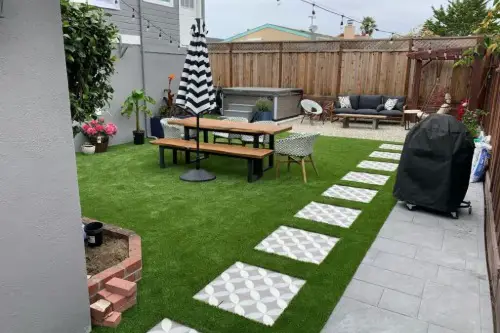
Your front yard isn’t really your front yard—it’s part of the community’s “curated look.” Many gated neighborhoods have rules about grass height, approved plants, and even the color of mulch. The logic is consistency, but it can stifle creativity and sustainability. Xeriscaping or wildflower gardens often get flagged.
If you prefer low-maintenance or eco-friendly landscaping, you may face fines. The expectation is a manicured lawn that looks like everyone else’s. Even leaving leaves unraked too long can be considered a violation. These small battles can add up, especially for people who value individuality.
3. Parking Limitations
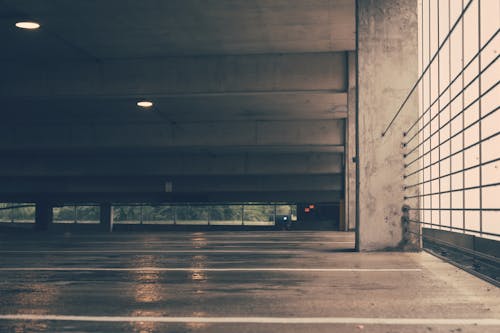
Street parking is often tightly controlled, if not outright banned. Many communities require cars to fit into garages or designated driveways. Overnight guest parking can be especially difficult, making holiday gatherings stressful. These rules are meant to reduce clutter and maintain a “clean look.”
For households with multiple cars, it’s a daily juggling act. Friends dropping by may have to park blocks away. Even work vans or trucks can be restricted, forcing tradespeople to look for alternatives. Suddenly, having company feels more like hosting under surveillance.
4. Noise Regulations

Most gated communities have quiet hours that extend beyond standard city ordinances. This can affect everything from backyard parties to late-night DIY projects. The rules aim to keep peace among neighbors, but they often feel excessive. Even the sound of kids playing can trigger complaints.
Residents quickly learn to monitor their behavior out of fear of being reported. A barking dog can land you with a warning or fine. That constant sense of being policed drains the joy out of normal living. In many cases, the community starts to feel less like home and more like a dormitory.
5. Pet Restrictions

HOAs frequently place limits on the number, size, or breed of pets. For dog lovers, this can mean leaving behind a beloved breed labeled “aggressive.” The justification is safety and cleanliness, but it penalizes responsible owners. Cats may also be required to remain indoors at all times.
Pet rules often extend to where dogs can walk or play. Some communities prohibit dog parks entirely to avoid “wear and tear.” Even picking up after your pet is enforced with surveillance cameras. For many families, these restrictions feel like a dealbreaker.
6. Holiday Decoration Limits
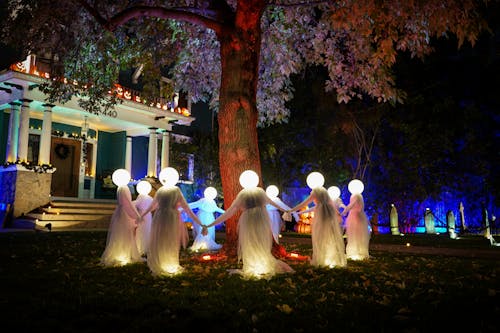
Holiday cheer is often dimmed in gated communities. HOAs may restrict when decorations go up and how long they stay. They also limit the type of decorations allowed, banning inflatables or flashing lights. The goal is to prevent “tacky” displays, but it kills individuality.
Imagine being fined for putting up Halloween pumpkins too early. Or having to take down Christmas lights before New Year’s Day. Traditions become stressful instead of fun. The neighborhood ends up looking festive only on a schedule, not from genuine joy.
7. Pool and Amenity Curfews
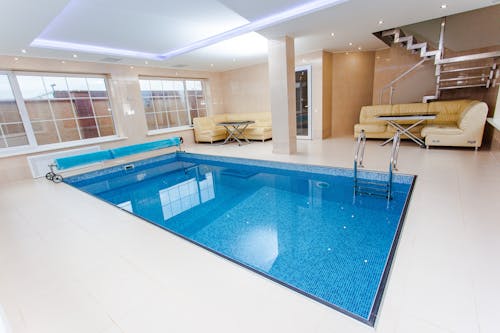
Shared amenities like pools, gyms, and tennis courts usually come with strict hours. It might be lights out at 9 p.m., regardless of whether residents work late shifts. These curfews are meant to prevent noise and damage, but they limit access. It feels ironic when you’re paying hefty HOA fees for spaces you can barely use.
Late-night swims or a quick workout before bed might be impossible. Families with teens often find curfews especially frustrating. The restrictions turn community perks into controlled privileges. Over time, it makes amenities feel more like museums than part of daily life.
8. Rental and Airbnb Bans
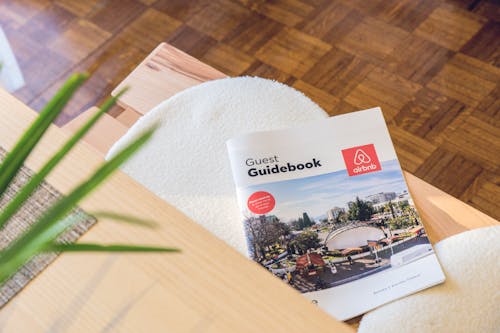
Many gated communities prohibit short-term rentals entirely. They argue this protects property values and reduces “strangers” entering the neighborhood. For homeowners who want flexibility, this can be stifling. It essentially removes a potential source of income.
Even renting long-term can be restricted with limits on the percentage of rental properties. Some communities even require prospective tenants to be approved by the HOA. That gives a small group of people disproportionate control over your financial options. For owners, it’s a trap that reduces choices.
9. Uniform Mailbox Rules

Believe it or not, mailboxes are often regulated. Everyone must have the same style, color, and sometimes even the same height. HOAs argue this creates visual harmony. But for homeowners, it feels like micromanagement at its finest.
Want a locking mailbox for extra security? Too bad—it might not be “approved.” Decorative mailboxes, even tasteful ones, are often banned. It’s one of those rules that sound small but reveal how little freedom exists.
10. Window Covering Requirements
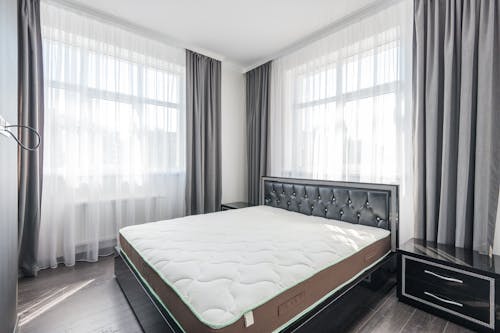
Even the inside of your house isn’t completely private. Some HOAs regulate what type of blinds or curtains can face outward. They argue this ensures a neat, uniform exterior look. But it intrudes into your personal decorating choices.
Want bright-colored curtains or funky blinds? You may have to settle for neutral tones. Even reflective window films can be banned. It’s yet another reminder that individuality isn’t welcome.
11. Trash and Recycling Schedules

HOAs often set very specific rules about when trash bins can be placed outside. Leaving them out too early or too long can result in fines. Even the type of bins used might be dictated. The idea is to avoid clutter and keep pests away.
But this creates constant vigilance for residents. Miss trash day because you’re out of town, and you’re out of compliance. Bins must also be stored out of sight, which can be inconvenient. What should be a simple chore becomes a monitored event.
12. Guest Access Rules
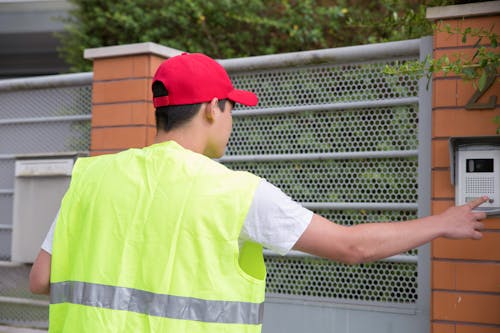
Because it’s gated, visitor access is tightly controlled. Guests may need to be on a pre-approved list or called in ahead of time. While this improves security, it can feel like a hassle. Surprise visits are nearly impossible.
Delivery drivers and service workers also face delays at gates. Friends arriving spontaneously might feel unwelcome. Over time, the barrier feels less about safety and more about control. It shifts the community’s vibe from warm to transactional.
13. Enforcement Through Fines
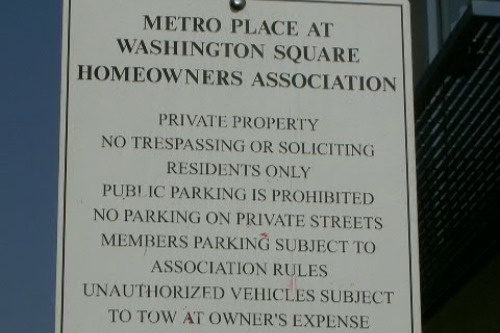
The most punishing part of these rules is enforcement. HOAs often issue fines for even minor infractions. Overgrown shrubs, a visible basketball hoop, or a car parked incorrectly can all cost money. The idea is to keep order, but it can feel like constant punishment.
Residents describe the stress of feeling watched at all times. Even well-meaning neighbors end up reporting each other. What starts as a “nice, safe community” turns into a cycle of complaints and penalties. For many, that makes living there feel like a lifetime sentence indeed.
This post 13 Gated Community Rules That Make Moving There a Lifetime Sentence was first published on Greenhouse Black.
